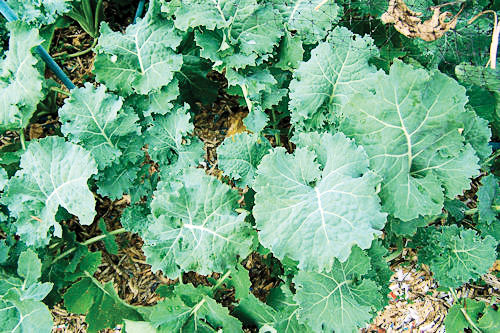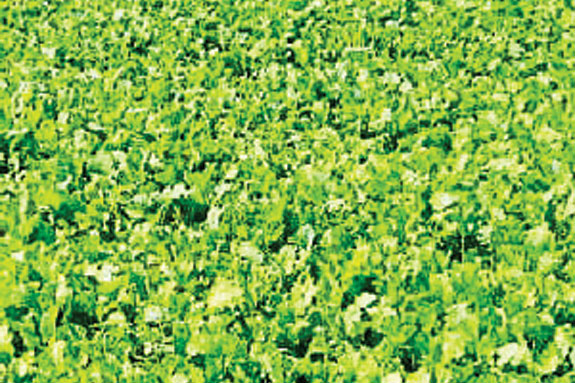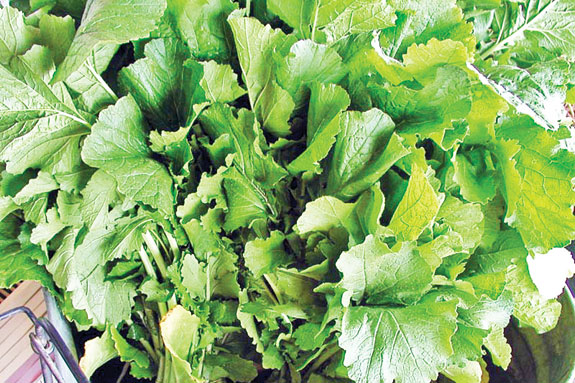The brassica crop grows best on fertile and well-drained soil.
Forage brassicas can be used to extend the grazing season for cattle and sheep, sometimes well into the winter. The following are different types of forage brassicas and its planting methods/management.

• Kale
Kale has a longer growing season than forage rape and turnip, and both stems and leaves are used.
Kale has high leaf-to-stem ratio with high protein and digestibility and highly palatable.
Because of its very good cold tolerance trait, it can be grazed by either rotational or strip grazing well into the late fall and early winter, possibly even under snow-cover in the northern climate regions.
Typical seeding rates for kale are 3.5 to 4 pounds per acre.

• Forage rape
Forage rape is a short-season, leafy brassica whose leaves and stems are used for grazing.
It can also be green-chopped.
There are two types of forage rape, one as a giant type with leafy and upright shape and the other as a dwarf type having a short, branched shape.
Like kale, it has high leaf-to-stem ratio and has good winter hardiness.
Typical seeding rates for forage rape are 3.5 to 4 pounds per acre.

• Turnip
Turnip has a short growing season, and its roots (bulbs), stems and leaves are used by sheep and cattle.
Turnips are also cold-tolerant and can continue to grow until temperature drops to 15ºF.
Many varieties of turnips can be grazed twice, depending on temperature and intensity of grazing.
Typical seeding rates for turnip are 2 to 3 pounds per acre.
Planting
Brassicas can be planted with either no-till or conventional tillage. When seeding into grass sod, it’s important to suppress with paraquat or glyphosate herbicides two to three weeks before planting.
Oats or rye can also be seeded with forage brassicas. The seed size of brassica is very small (220,000 to 375,000 seeds per pound), so seeding depth should be between ¼-inch and ½-inch.
Fertilization
Since forage brassicas are heavy feeders of nitrogen, 75 to 100 pounds of nitrogen per acre is recommended. The amount of P and K fertilizer should be based on soil tests.
Pasture utilization
Forage brassicas can be ready to graze about 65 to 75 days after planting and grazing can continue until heavy snow cover and low temperatures kill the forage brassicas (usually 10ºF or lower).
Rotational or strip grazing practices can be used to control the forage brassicas more effectively by reducing the waste from trampling.
Since forage brassicas have high moisture and low fiber content, relying more than 75 percent of livestock feed on brassicas can affect normal rumen activity. Therefore, it is important to feed remainder using hay, grasses, grains, silages or stockpiled pasture. FG
Doo-Hong Min
Extension Forage Specialist
Michigan State University









